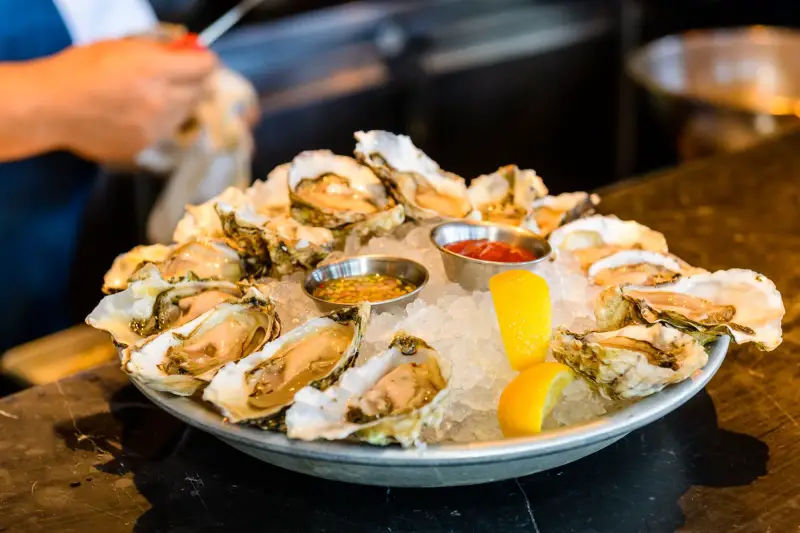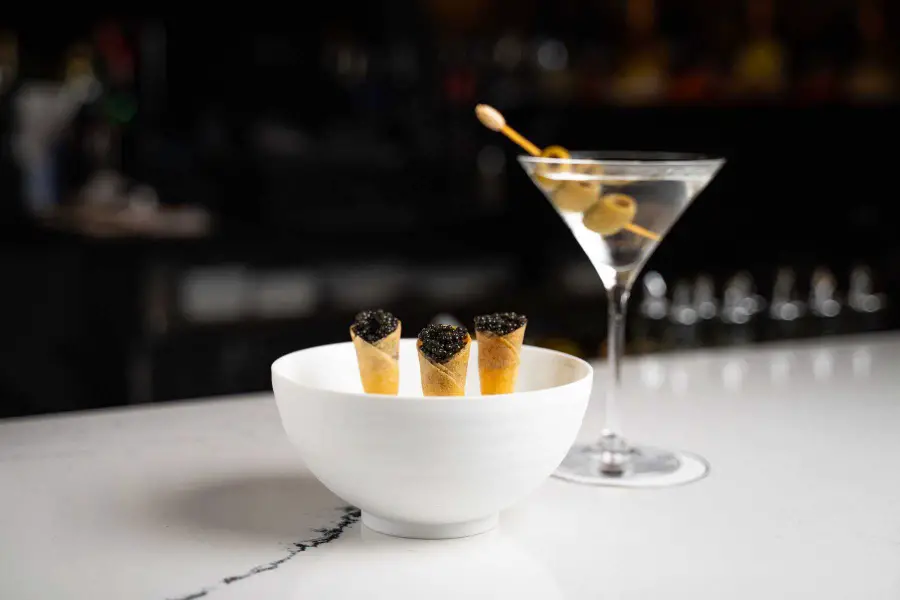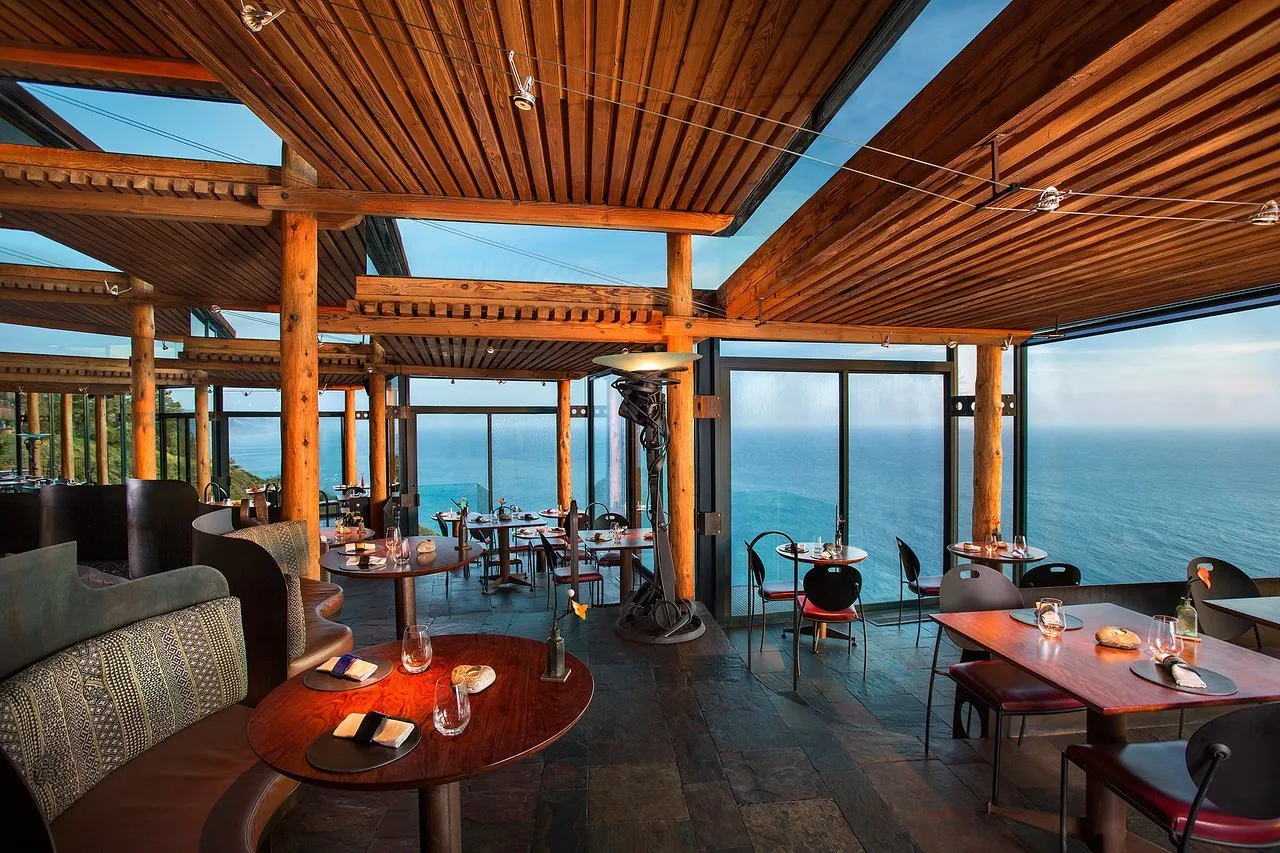When one hears the word keg, it might conjure up images of college students sloppily chugging back beer from the tap at a late night party. Ironically, kegs are finding themselves in much classier settings these days, and they aren’t necessarily filled with beer. Wine kegs are sweeping restaurant and bar establishments alike who are looking for a new edge that is not only more environmentally sound but can also save them cash and keep wines fresh for longer.
Wine on draft appears to be more than just a passing trend, predicts Mat Duggan, general manager of Palmina Winery. His establishment has kegs in over 30 of its California restaurants. Duggan tells LA Weekly, “In 10 years, the majority of wine by the glass programs will be on a tap system.”
It’s not a shocker that most businesses currently serving wine on tap are in California at ahead-of-the-curve hotspots like Lukshon in Culver City, Delfina Pizzeria in San Francisco and the Wine Cask in Santa Barbara. But what might come as a surprise is that a restaurant in Atlanta called Two Urban Licks boasts the most extensive wine keg program in the United States with a “wine wall” they claim is one of a kind. This 26 feet high temperature controlled tower contains 42 stainless steel barrels highlighting a gravity flow system which allows for easy wine pouring.

Wine Cask
But don’t be fooled by such fancy setups – modern vintners and restauranteurs aren’t exactly reinventing the wheel here. They are, in fact, returning to a tradition that dates back to ancient wine-making times, when using a tap to dispense the liquid was the easy, low-technology and most prevalent way to serve it.
Going With the Eco-Flow
So, sorry cleverly-labeled, sleek-figured bottles, but kegs win the “who’s the greenest” battle, hands down. Wine kegs are typically converted from soda or beer kegs, weighing in at 5.15 gallons or 26 750ml wine bottles. It doesn’t take a math whiz to figure out that every time a keg is returned to a winery, refilled and reused, it’s saving a lot of glass bottles from having to be shipped, kept in storage and then either thrown out or put back into the recycling system (a system that while necessary, in and of itself can be highly energy intensive in operating recycling plants and trucks). Kegs eliminate the packaging waste that comes along with a bottling system – boxes, printed bottle labels, screw caps, corks, etc. Transporting boxes of bottles uses shipping space much more inefficiently than kegs, requiring more trucks, more shipping and therefore more greenhouse gas emissions.
Taste From the Tap
Wine is kept fresh in a keg with the help of inert gases like argon and nitrogen that get pushed into the container via a low-pressure mechanism, which then simultaneously forces the wine out when tapped. The fact that the gas doesn’t react with the wine makes it an ideal guardian for defending wine against its malevolent adversary, oxygen.
Proponents of wine kegs say preservation from oxidization is a major taste benefit, as kegs extend the length of time a wine is able to remain fresh: some wines can keep in kegs for roughly a year under the appropriate temperature.
Kegs also keep wines more reliable in their flavor profile, mirroring the nearest thing to that right-out-of-the-barrel taste. Wines which are more inclined to be fit for kegs are wines that are best savored in their youth. Kegs seem like a much better alternative to cracking a bottle open, only to have it sit too long and either oxidize, have its flavor go awry or spoil altogether.
Cash in Pocket, Not Down the Drain
Wine industry specialists approximate that a wine keg and tap system reduces production costs by 10-25 percent, making it possible to turn around and sell that wine to customers at a better price point, as well. Michael Ouelette, a wine keg businessman, illustrates to NPR that many wineries are looking to kegs as one way to help the wine industry get back on its feet after being adversely impacted by the recession.
“There’s a surplus of quality inventory and because of that, wineries are opening their marketing strategy to other formats,” explains Ouelette. “But once they start and see how smart and green it is, they’re embracing the concept.”
Establishments switching to keg programs also save money on product because bottle service can tend to waste a good sum of wine, literally forcing them to pour money down the drain. Think of how many bottles are opened at restaurants or bars for just one or two glasses. The rest of that bottle often can’t be used because it has been recorked, gone off or lost its intended flavor experience for the consumer – who pays for that wasteful system with higher wine-by-the-glass prices. Squandering away wine puts a huge hole in businesses’ pockets – an expense that appears unnecessary in light of wine kegs.
Chef and owner of Father’s Office restaurants, Sang Yoon, reflects on these savings to The New York Times: “You have to calculate in your pricing the wine you didn’t sell, the wine you had to throw away…I can’t remember having had a positive wine-by-the-glass experience unless the bottle was freshly opened. As an owner, you also come to realize how wasteful wine by the glass becomes. As a result, your pricing has to reflect that waste, so most places serve cheap wine with big markups for glass pours, which equals bad value for consumers.”

Chef/Owner Sang Yoon of Father’s Office (Photo by Kevin Scanlon for The New York Times)
Thinking Outside the Bottle
Take-home wine growlers and canteens have become a subsequent no-brainer riding on this wave of wine kegs. Dave Potter’s Municipal Winemakers allows folks to walk away with refillable glass growlers of their ever-changing varietals, the original costing $25 and refills coming in at $20. Innovative wineries like Natural Process Alliance exclusively sell wine by the keg and also give customers the option of buying their wines in ¾ liter reusable steel canteens.
Other wineries such as Lioco, Flowers Vineyard & Winery and Silvertap Winery are jumping on the keg bandwagon, as well. They are realizing this new system can draw in long-standing wine aficionados who are getting over traditional notions that wine should only be served in a bottle, as well as novices who might be attracted to the “on tap” concept as a more green and less intimidating entryway into the world of wine.


